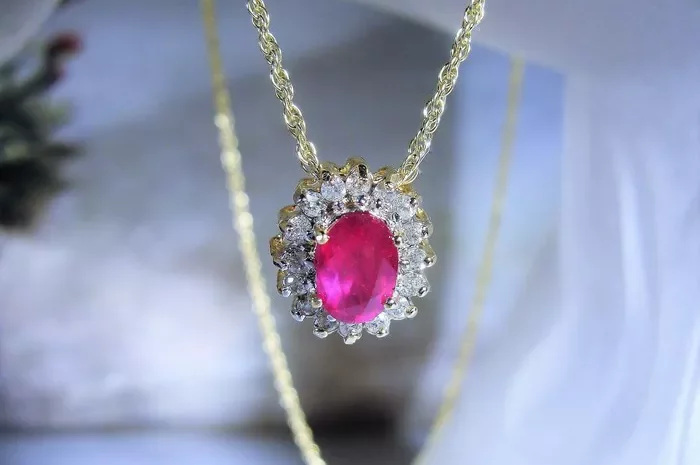Michela Ferraro, a jewelry expert and educator with over 30 years of experience in the industry, specializes in luxury, innovation, sustainability, and precious metal additive manufacturing (AM) for the jewelry sector. In this interview, she discusses the opportunities and challenges of 3D printing platinum group metals (PGMs) in the jewelry industry.
1. Could you provide an overview of the application of 3D printing in the jewelry sector, with a focus on the use of PGMs?
3D printing has significantly impacted the jewelry industry, with a distinction between fast prototyping processes and direct metal printing. Fast prototyping allows for efficient and rapid jewelry production by creating models in wax or resin directly from a CAD file. Direct metal 3D printing, which has been around for over a decade, offers high surface finish quality but also encounters certain challenges. This technology has immense potential for PGMs when compared to traditional casting methods, which demand specific skills.
2. Which 3D printing method is most suitable for creating jewelry with PGMs, particularly for experts or practitioners in the jewelry sector?
In the jewelry sector, the most common method for precious metal additive manufacturing is laser powder bed fusion.
3. What are the opportunities and challenges associated with 3D printing PGMs in the jewelry sector?
The opportunities are substantial, especially when considering the potential of metal additive manufacturing for platinum, as demonstrated by recent contests and collaborations in the jewelry industry. The primary challenges revolve around crafting innovative and bespoke platinum jewelry designs that leverage the unique capabilities of metal AM.
4. From a business perspective, do you anticipate financial growth or a promising future for the application of PGMs in the jewelry sector?
Platinum has always been favored within a high-end niche of the jewelry market. Platinum Guild International focuses on markets like Japan, China, India, and the US, and recent reports indicate significant growth in retail business in India. In this context, metal AM holds great potential but requires tailored strategies to create collections that cater to the expectations of this niche.
5. As technology-driven processes and handmade skills coexist in the jewelry sector, how can a balance be struck to preserve the cultural value of handmade craftsmanship while embracing technological advancements?
The coexistence of hand-made and technology-based jewelry production is not mutually exclusive. Hand-made jewelry has its place, especially for custom and small-scale demand. Technology-driven processes are better suited to medium to large-scale market demand. The choice of approach depends on the designers and their ability to leverage the specific potentials of each method. Balancing tradition and innovation is possible, as both handmade craftsmanship and modern technology offer unique advantages.
Michela Ferraro’s insights underscore the evolving landscape of the jewelry sector, where traditional craftsmanship and advanced technology harmonize to foster creativity and efficiency. The interaction of 3D printing and precious metal additive manufacturing, particularly with PGMs, holds the promise of enhancing ethical practices and expanding creative possibilities. As the industry navigates between handmade and technology-driven approaches, the potential for innovation and tradition remains rich and promising. Collaborations and emerging market trends continue to shape the direction of the jewelry industry.


